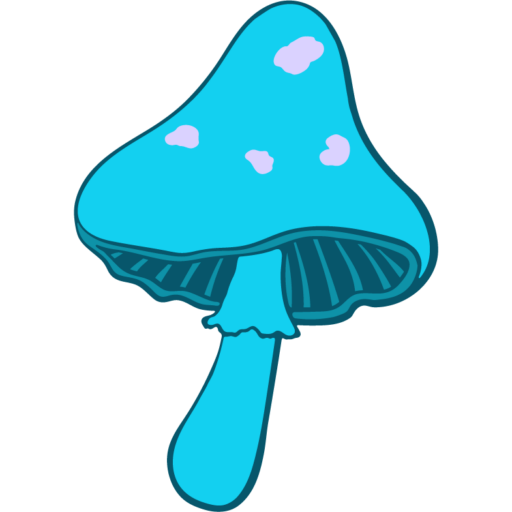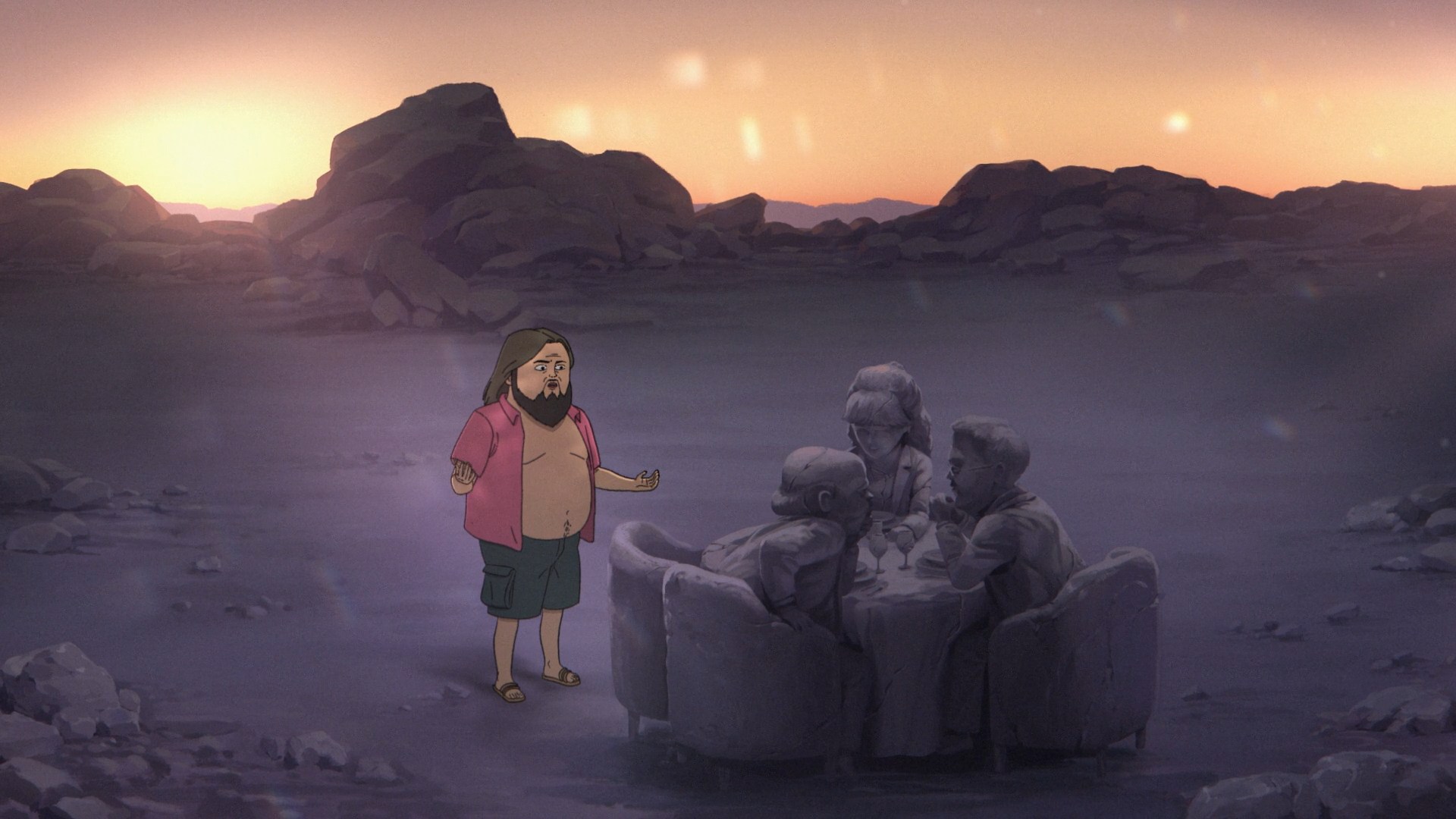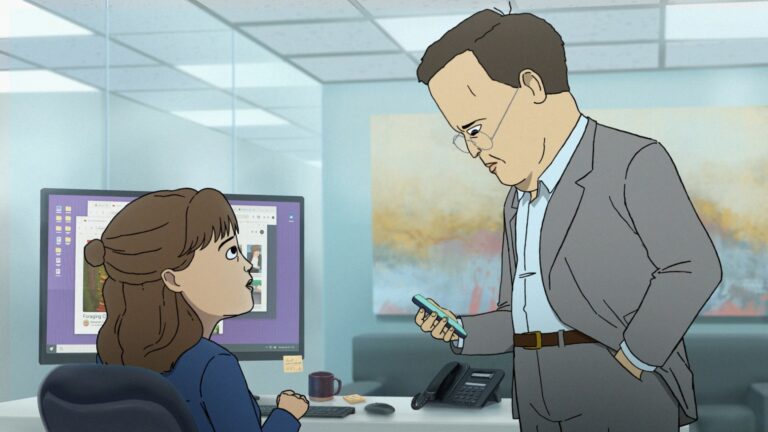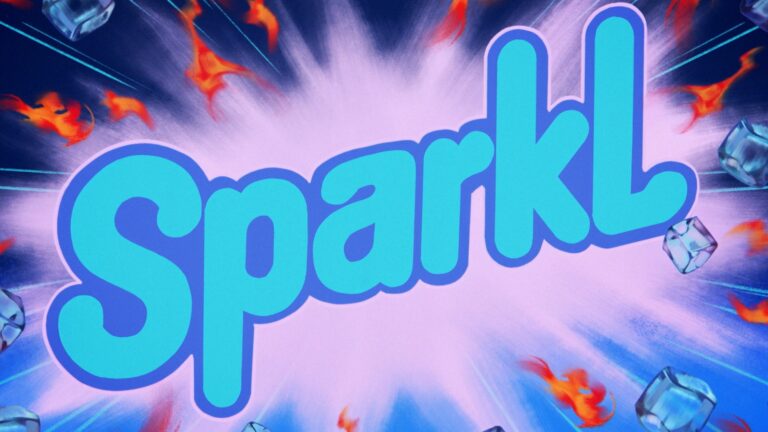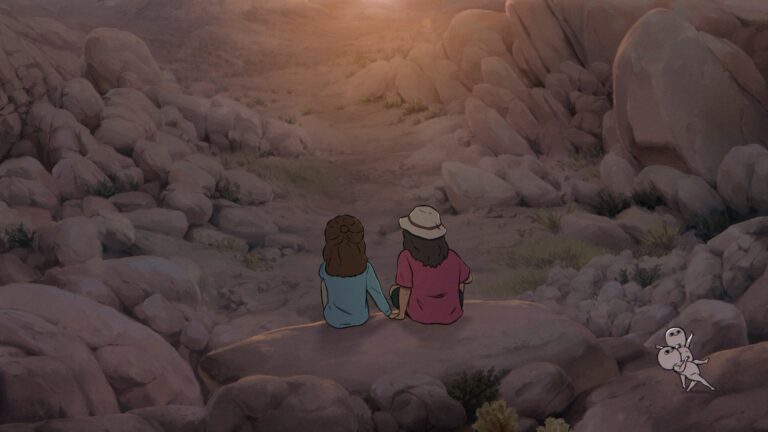How Multiple Studios Brought Common Side Effects to Life
Let’s peel back the wild, trippy curtain of Common Side Effects (CSE) and take a proper stroll through the dizzying world of its animation pipeline. Believe me, this show’s animation magic doesn’t just materialize out of thin, beautifully fungal air. We’re talking multiple studios, a global web of artists, monstrous time zones, and a collaboration style that would make a herd of actual mushrooms jealous. Get comfortable — you’ll want to soak in every frame of this.
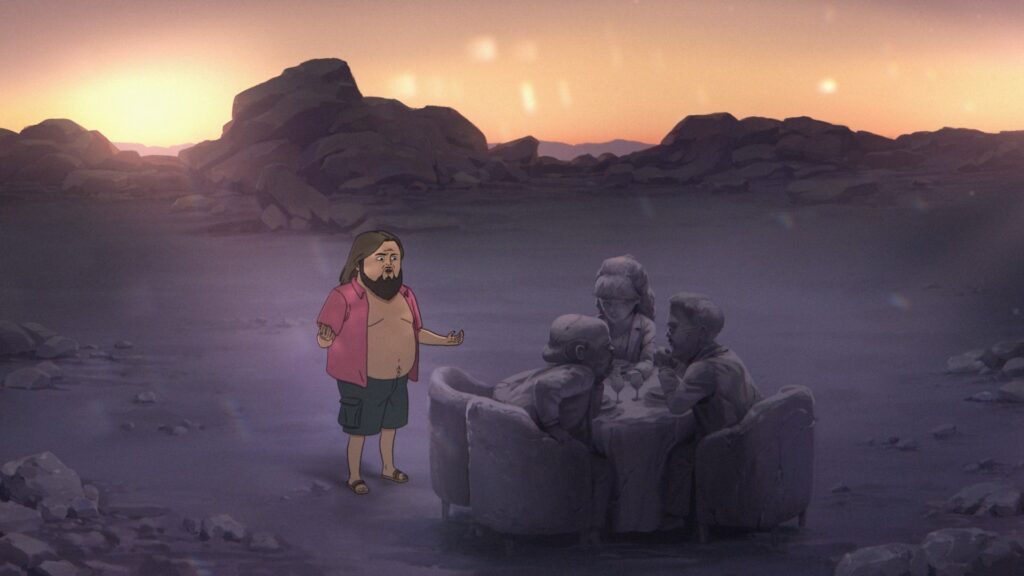
From Daydream to Drawing Board: Setting the Stage
First up, let’s set the table. Adult Swim dropped the first season of Common Side Effects in February 2025, and it’s been spreading like a delicious kind of mycelium ever since. The plot zigs and zags from bonkers comedy to government thrillers, with our heroes Marshall and Frances diving deep into pharmaceutical intrigue and mind-bending mycology. None of that would land without the show’s signature animation. It’s slick, weird, and sometimes dangerously psychedelic.
But who’s actually doing all this wizardry? Enter — drumroll — Green Street Pictures and Le Cube, the twin pillars of CSE’s animated world. Now, both of these studios have reputations for shaking up the animation world. And together, they pulled off coordination feats worthy of a production gold medal.
Green Street Pictures: Remote, Radical, Relentless
Let’s talk Green Street first. If you haven’t heard of them, think of their pedigree: they helped ship Scavengers Reign (another mind-melter, by the way). With CSE, they didn’t just draw pretty pictures. Instead, they marshaled an army of digital artists across France, Spain, Mexico, Portugal, and beyond. These creatives worked remotely — yes, from their own apartments or rented corners of internet cafes — pinging each other in English, Spanish, and probably some frantic emoji.
Here’s what makes it all even more impressive:
- Green Street followed a remote-first production model, long before it was cool or necessary.
- Each location worked on slices of episodes, ensuring every frame stayed consistent with the psychedelic source material.
- Artists drew inspiration from medical journals, drug culture zines, and yes, maybe a few late-night YouTube wormholes about mushrooms.
But managing an international art squad isn’t all midnight brainstorming and digital high-fives. Getting all that creative energy to line up, scene by scene, means the team needed rigorous coordination.
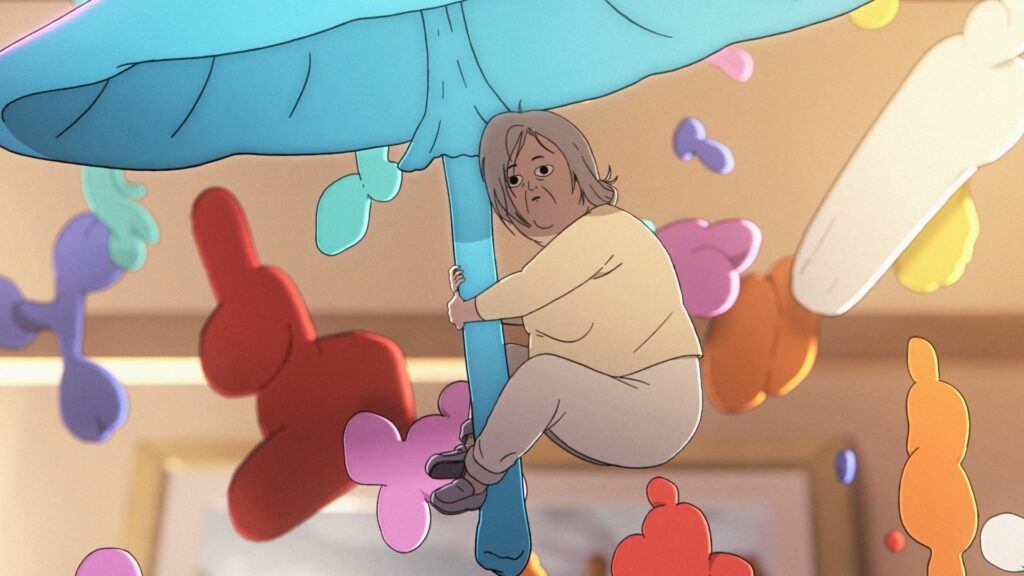
Le Cube: Masters of 2D Coolness
Now shift your gaze to Le Cube. These folks specialize in 2D animation, illustration, and character design. They’re the ones brands like Nike, Heineken, and Coca-Cola turn to when they want their commercials to glimmer. But CSE was Le Cube’s first long-form television project, and let’s just say, they weren’t here to color in the lines.
What did Le Cube bring into this mix?
- That bold, cinematic 2D style that pops right off your screen — never basic, always bursting with visual flavor.
- Their knack for working mixed-style techniques, which gave CSE its dreamy, sometimes hallucinogenic edge.
- Ridiculously tight animation details, with hidden Easter eggs that fans have sparked wild Reddit threads over.
Le Cube’s lead animators spent hours on calls with Green Street’s team, hammering out everything from shading a spore swirl to nailing how sweat beaded on a nervous scientist’s brow. The collaboration was granular — and global.
Bandera Behind the Curtain
Swoop in, Bandera Entertainment. They’re the studio glue, the matchmakers. Founded by Mike Judge and Greg Daniels (yes, that Mike Judge and Greg Daniels), Bandera wanted a maverick hybrid of crime thriller antics and straight-faced comedy. You can see it in every frame — the tone deftly dances between Fargo-style chills and the zaniest late-night sketch comedy.
A little-known fact: CSE’s co-creators, Joseph Bennett and Steve Hely, geeked out over real-world mycology and the wildest edges of medical science. If you caught references to Paul Stamets or echoes of Terence McKenna’s mushroom lectures, that’s no accident. It’s right there in the DNA.
The Pipeline: Factories, Not Funnels
Let’s talk mechanics. This show didn’t get made by drawing a few cels and calling it a day. CSE’s pipeline ran like a giant, bizarre Rube Goldberg machine, but way cooler. Here’s the high-level view:
1. Pre-Production Brainstorm Blitz:
– Writers, artists, and directors from all sides traded concept art, storyboards, and references.
– The team built a shared digital library loaded with everything from vintage pharma adverts to psychedelic medical scans.
– Early animatic reels zipped between continents faster than you can say “FDA conspiracy.”
2. Divvying Up the Work:
– Green Street gobbled up most core animation duties, focusing on the show’s backbone scenes.
– Le Cube handled key sequences with high stylistic demands — think hallucination montages, morphing cityscapes, and weird dream logic moments.
3. Global Art Jam:
– Artists synced up daily or weekly, depending on deadlines. Zoom calls, Slack channels, frantic voice memos sent at ungodly hours. (Coffee fueled much of this magic.)
– If an episode leaned into the thriller mood, emails would fly back and forth about shadow directions and color palettes.
4. Quality Check and Polish:
– Bandera, as the showrunners, acted like air traffic control. They kept the packs running in formation.
– Every finished segment landed back in-house for color correction, composite fixes, and a final sound mix to keep the vibe intact.
Challenges on the Road
If you think sending files across continents is no big deal, you’ve clearly never tangled with a Portuguese Wi-Fi outage or tried uploading gigabytes of animation at sunrise in Mexico. Time zones wreaked havoc. One artist’s lunch break was another’s dawn deadline. Matching animation frames became a high-stakes relay race.
But the teams tackled this with creative muscle. When deadlines tightened, Le Cube and Green Street pooled extra resources. They sometimes let animators pair up across studios — one artist roughing, another cleaning lines, a third splashing in hypnotic color. Flexibility saved the day.
And let’s give a special, jazz-hand salute to the digital tools that made this dance even possible:
- Cloud-based animation servers.
- Version control apps to chase down that rogue frame 112.
- Real-time feedback platforms for everyone to doodle, critique, and praise in one massive group chat.
The Secret Sauce: A Shared Vision
So how did all these cooks avoid spoiling the visual stew? The secret lay in relentless communication and shared reference points. Weekly team check-ins kept everyone’s eye on the ball. Iconic psychedelia — think Pink Floyd album covers, vintage anatomy charts, scenes from Waking Life — inspired plenty of the show’s wilder detours.
But it wasn’t just about re-creating popular visuals. CSE insisted on a fresh spin for every strange fever dream. And the teams thrived on a kind of creative brinkmanship — pushing each other to slip in a clever joke here, a background critter there, or a reference only sharp-eyed fans would spot.
Not to mention, the show’s themes — fears about big pharma, weird science horizons, and human connection — played out visually as much as narratively. That synergy gave the series its unmistakable look and bite.
Where’s the Pipeline Heading Next?
As of August 2025, Common Side Effects is riding high. Critics rave (Rotten Tomatoes can barely contain all those stars). Adult Swim just renewed it for a second season, so the animation pipeline is revving back up. Early word from the Le Cube and Green Street camps hints at even more experimental visual flourishes and weird worldbuilding. Plus, fans are clamoring for more behind-the-scenes peeks — everyone wants to see just how this creative sausage gets made.
Just One More Dose…
Pulling off Common Side Effects truly demanded a rare blend of organization, improvisation, and pure animated guts. The collaboration between Green Street Pictures and Le Cube — wrangled by Bandera’s steady hands — set a new high-water mark for what you can pull off when studios dare to merge their creative DNA.
So, next time you watch Marshall and Frances tumble through another conspiracy-laced fever dream, remember: behind those shimmering scenes stand dozens of caffeinated animators, firing off messages across oceans, turning digital sketches into animated gold. Now, if that isn’t teamwork to toast with a mug of mushroom tea, what is?
